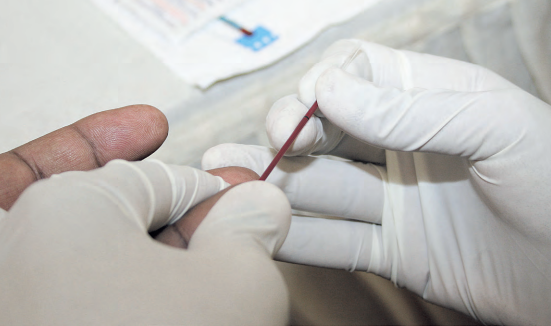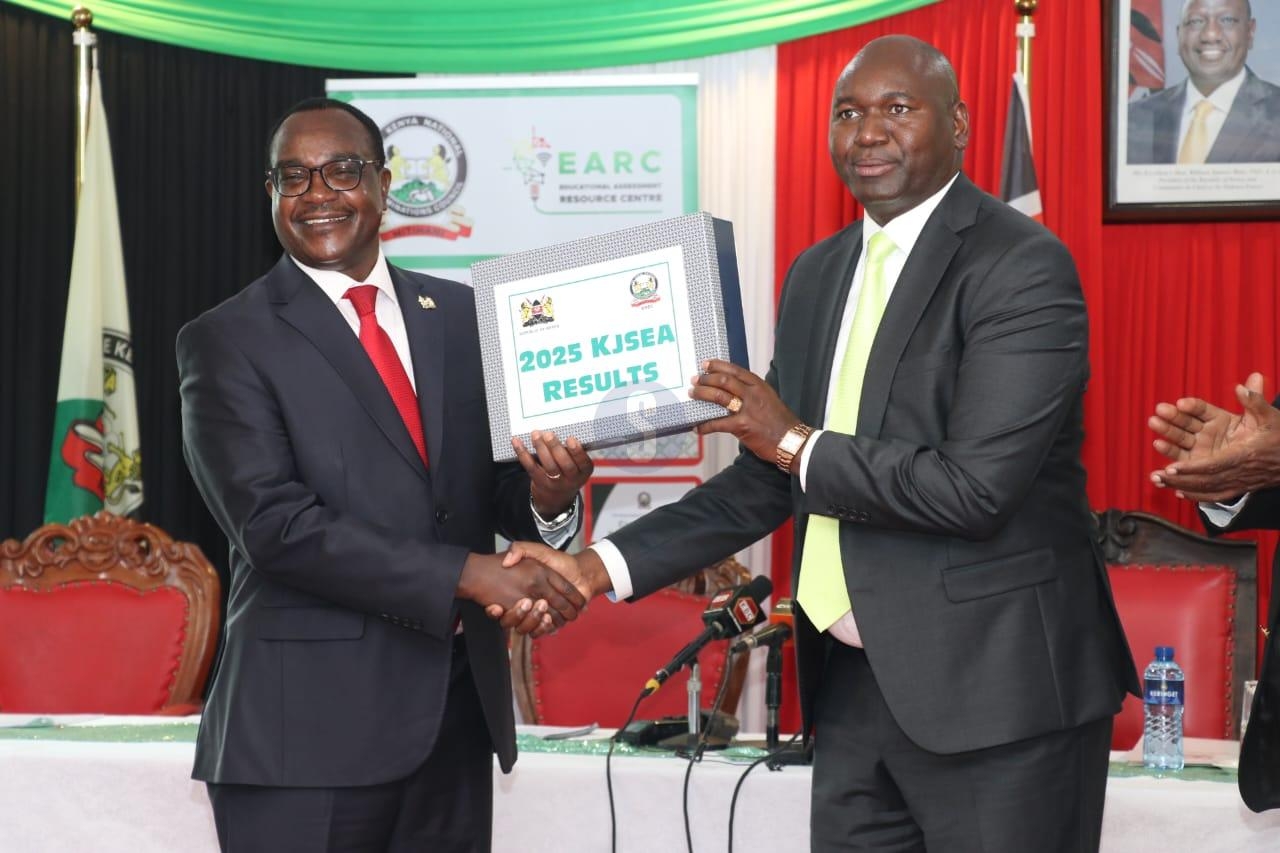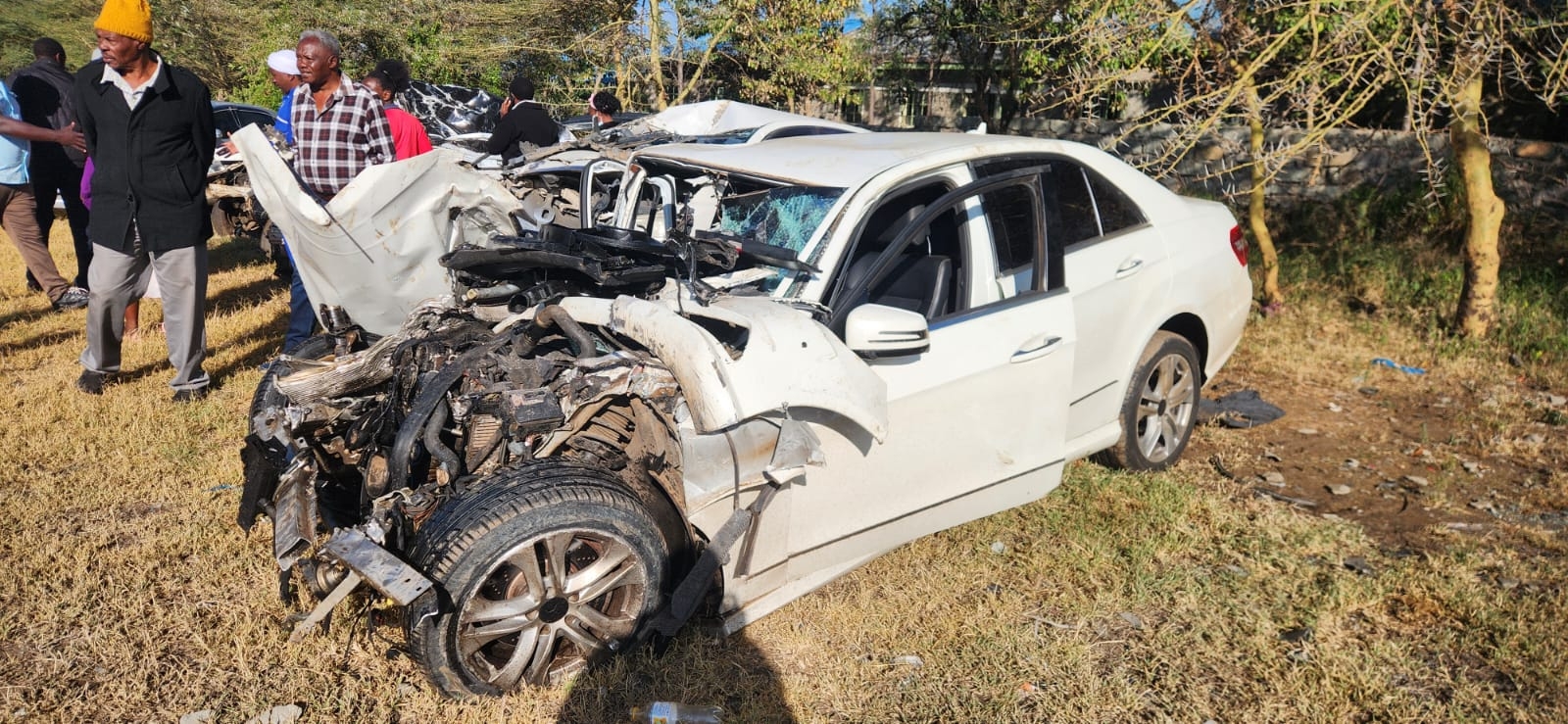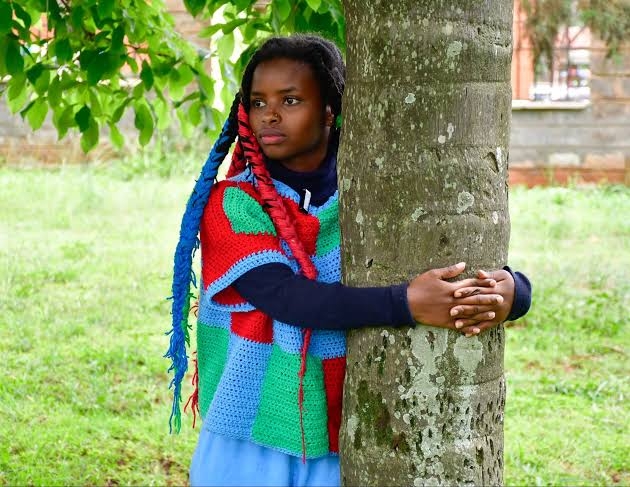
BY DR RICHARD AYAH
Black and white, they say are obvious. It is clear when something is black, that it is not white. That is how people argue.
The assumption is that there is a common understanding of what black is, and what white is. Ask a physicist whether black is a colour and they will respond that it is not a colour.
Black in physics is defined as the complete absence or total absorption of visible light. That means black is what you see when there is nothing to see.
Ask an artist the same question and they will consider black to be a colour, think of use of charcoal in ancient cave art. In the same way, whether you consider white to be a colour depends on who you ask.
On a TV or computer screen, white is created by mixing the primary colours of green, red and blue. For the artist, white is usually the starting point of the canvas, but if they need a white colour then it is likely that the white pigment is from zinc or titanium.
Kenya has been a producer of white pigment
for many years. While the production of white pigment can be an occupational
health problem, that is not where this story is going.
The ability to see black and white clearly, is important for human survival. The human eyeball consists of a lens, that focuses light and the retina at the back of the eye that picks up the light signal.
Once the light signal is received by the retina, it is processed and sent via the optic nerve to the brain, where meaning is given to what is being perceived. The retina has two types of cells, rods and cones.
Rods are activated in low or dim light, which means that they
are the important eye cells when it comes to seeing black and white. Cones have
three types of photo pigments,
each of which, are sensitive to either green, red or blue light.
The human eye has twenty rods for every cone in each eye. There are those people who lack vision for a particular colour. But a person who is unable to perceive colour at all, has a condition called achromatopsia.
The
world to them is in shades of grey. Without functional rods, a person is
visually impaired. Sometimes the problem of vision is not at the level of the
eye, but at the level of the brain. At times it’s not even a problem within an
individual, but a problem of how the society around the person makes of what is
black or white.
In many societies the colour white is associated with cleanliness, simplicity and a kind of innocence. White can also be cold and blank. White can mean peace. Black on the other hand is often linked to death, mourning and evil.
There is black magic. Black can also mean power and wealth. But some early Christians wore black as a sign of humility. When people see things that are black or white, they attach a meaning to it.
So,
what to make of a recent announcement by the US government to freeze aid around
the world? What do you see? What comes to mind?
First the facts. A country like Kenya is
heavily dependent on aid especially in the health and sector. The US government
is the single largest global donor.
So, when the US decides, in black and white to freeze aid to Kenya it is a big deal. In the health sector HIV/AIDS, malaria and TB management is supported largely by US money. Drugs, tests, health system management, salaries of health workers are paid for through grants received from USA.
County and national health teams use resources provided by donors to have seminars and meetings. And many health workers have had their studies sponsored by America. Stopping treatment even for a short time can have serious consequences for patients who must take medicines every day.
In the long term, the health system will weaken, and it may take years to recover. The catastrophic failure of structural adjustment programs of the 1980s led to a loss of more than 20 years of health progress. Those are the facts.
So, what do we see? And do we understand what is going to happen next? We have the basic anatomy of the eye to see, we understand the physiology to make sense of what we are seeing and reading.
The problem is not for each individual Kenyan to solve. It is about what our society would like to see and whether those tasked to be our eyes are up to the task to see clearly the looming health system crisis and act.
















